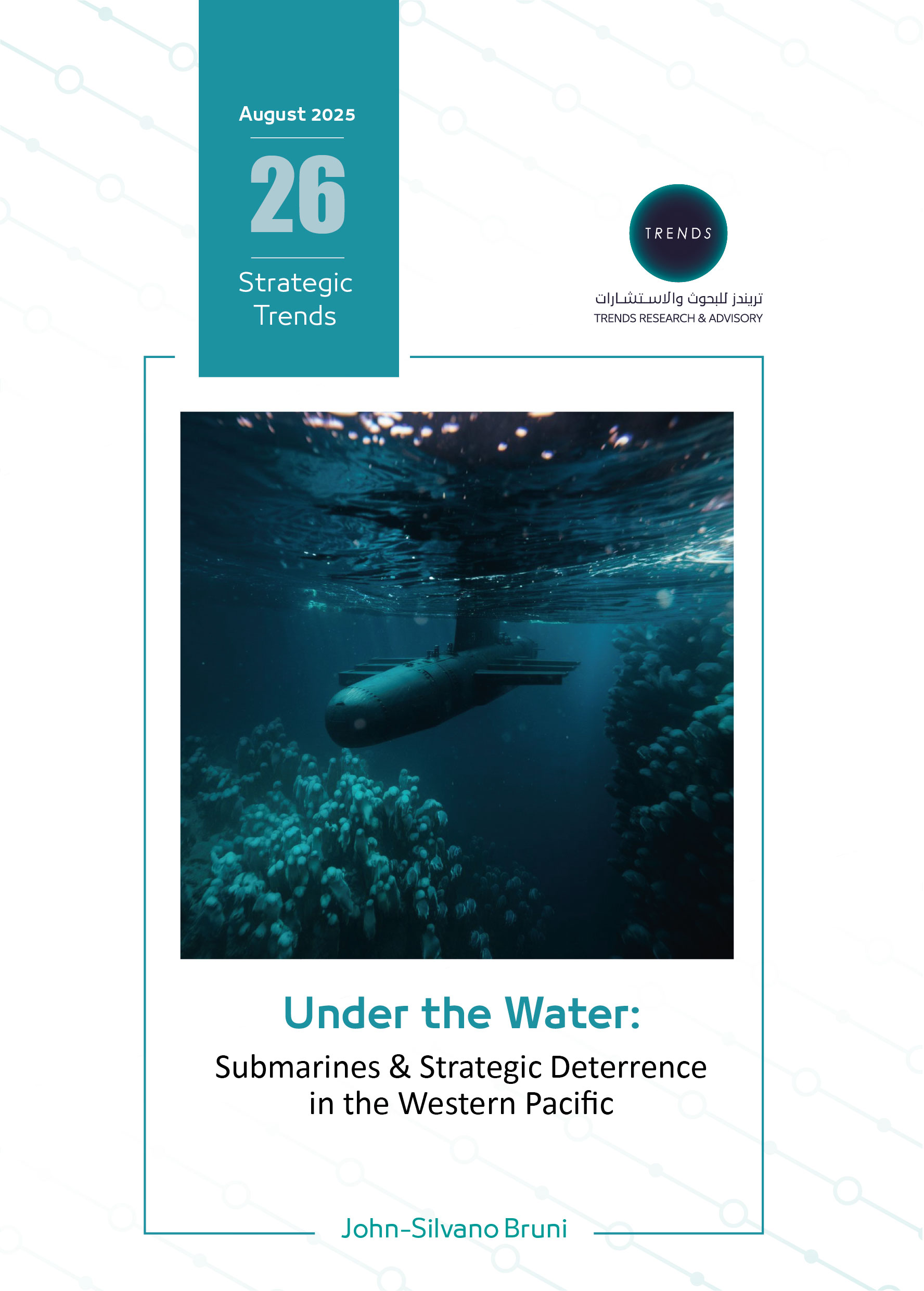Submarines and submarine warfare have significantly advanced since the invention of the first submarine by Dutch engineer Cornelius Drebbel (employed by the British Royal Navy) in 1620.
Back then, the submarine was a one-man, hand-powered invention of minimal utility. However, in a world where no navies operated these vessels, its novelty was unusual, fringe even. Rather than building on this primitive foundation, no major development occurred among the world’s navies until 1775, the year before the outbreak of the American Revolutionary War, when David Bushnell created the Turtle.
The Turtle aimed to attach mines to the hulls of British warships stealthily. While numerous missions attempted to attach timed explosives to Royal Navy ships, design, technical limitations, and sea states prevented these missions from accomplishing their was deployed for purpose of naval warfare.
In 1800, the French Navy built the Nautilus. American engineer Robert Fulton designed the Nautilus for the French Empire under Napoleon Bonaparte. Utilizing the technology of the time, the Nautilus had ballast tanks and could submerge for short periods. The boat possessed a collapsible sail for surface travel and was powered by a hand-cranked propeller. Its main limitation was its speed. At two knots, it proved a very slow, though novel approach to naval warfare. However, neither the French nor the Royal Navies seemed interested in pursuing this technology further.
During the American Civil War, the Confederate States of America built the H.L. Hunley in 1863. The Hunley was a larger vessel than previous types of submersible craft. It could operate submerged for two hours, but as with its progenitors, its eight crew hand-cranked it. The Hunley successfully sank the Union ship, the USS Housatonic, off South Carolina in the world’s first successful wartime submarine action.




